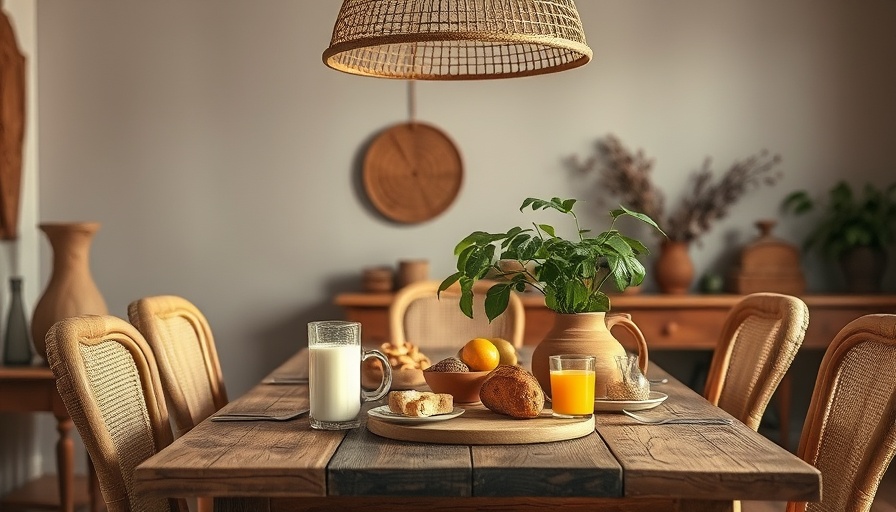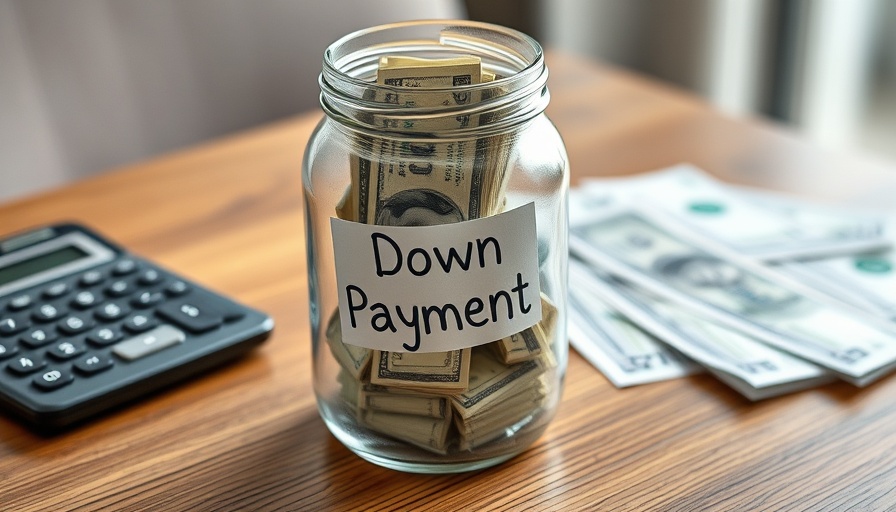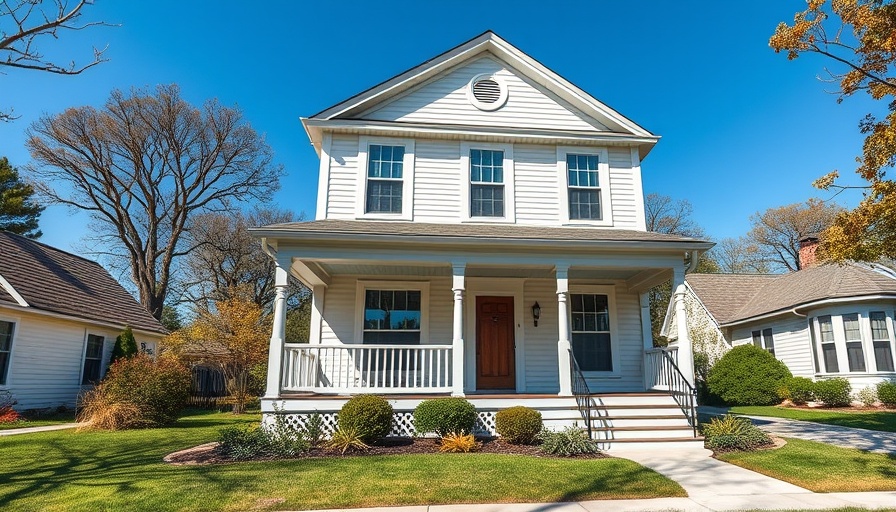
Creating A Cozy Cottagecore Aesthetic
In today’s fast-paced world, transforming your home into a cozy haven is more important than ever. Imagine stepping inside a space filled with warmth, texture, and a deep connection to nature. The cottagecore aesthetic, which embraces simplicity and nostalgia, allows you to do just that, regardless of where you live. Here’s how you can bring this enchanting style to your home.
Embrace Natural Textiles
The foundation of a cozy interior often lies in the textiles you choose. Opt for heavyweight linens in earthy hues that reflect the beauty of the outdoors. As recommended by interior experts, these textiles don't just add comfort; they ground your space and echo a slower, intentional way of living. They bring warmth and tactile pleasure to your environment, making it inviting and peaceful.
Add Handmade Touches
Incorporating handmade items can infuse your home with unique character and warmth. Consider displaying handwoven linens, vintage-inspired prints, and items made from natural materials. These elements resonate with the cottagecore ideal by evoking cherished memories and a sense of home. Such details create a rich, layered atmosphere that feels both nostalgic and personal.
The Power of Earthy Tones
Choosing a color palette that reflects nature can significantly enhance the cozy aura of your space. Warm, earthy shades—think greens, browns, and creams—create an inviting atmosphere that calms the senses. This thoughtful choice makes your home feel like a retreat, fostering relaxation and connection to the simplicity of rustic life.
Emotional Connection Through Decor
Your home should tell a story. Incorporate vintage treasures and second-hand finds that spark joy and evoke memories. Wicker baskets for storage, and handcrafted ceramics can serve as beautiful, functional decor. It’s easy to blend these elements to create a home that feels entirely yours, providing warmth and comfort.
Create Rituals
Finally, embrace the magic of daily moments. This can be as simple as brewing your favorite tea in a lovely ceramic mug or curling up with a book in a cozy corner. The ritual of slowing down and enjoying these activities can transform your living space into a sanctuary that celebrates comfort and mindfulness.
 Add Row
Add Row  Add
Add 




Write A Comment